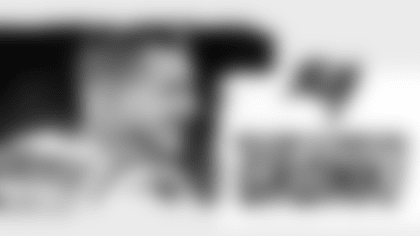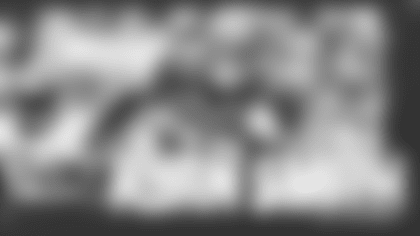At the NFL Scouting Combine in February, Tampa Bay Buccaneers Head Coach Bruce Arians said he was looking for the type of running back who can contribute heavily in the passing game. Arians' new quarterback, Tom Brady, would likely agree with that pursuit.
"Can they be a receiver?" asked Arians while discussing what he would be looking for during the running back workouts. "That separates guys from having to come off the field. I had Christian Okoye who led the league but he never played on third down. Edgerrin James never came off the field. Marshall Faulk never came off the field. For me, I'm looking for that type of guy."
Given Arians' thoughts on the matter and Brady's history of making good use of running backs – particularly over the last eight years – there's reason to believe the Buccaneers' offense will have a new dimension in 2020. Whether it's through players already on the roster, like Ronald Jones or Dare Ogunbowale, or a new addition, Tampa Bay's backfield should be more involved in the aerial attack moving forward.
Over the last eight years, New England's offense had a running back record at least 40 receptions, at least 400 receiving yards and at least three touchdowns every season. In that same span, the Buccaneers had a back reach those marks exactly one time, when Charles Sims caught 51 passes for 561 yards and four touchdowns in 2015.
James White was Brady's most common target out of the backfield over the last five years but Dion Lewis and Rex Burkhead also put up notable receiving totals in that span. Going back a bit further into the previous decade, Brady also had a good connection with running back Kevin Faulk. White had between 56 and 87 receptions each of the last four years. The Buccaneers haven't had a running back reach the low end of that range since the days of Michael Pittman, and before him Warrick Dunn.
Of course, it's as much a matter of personnel as philosophy. The Buccaneers need to find or develop "that type of guy." Arians had one for a brief time in Arizona when David Johnson hit his peak in 2016 and caught 80 passes for 879 yards and four touchdowns. In Arians' other four seasons at the Cardinals' helm, however, no back caught more than 36 passes, and that was also Johnson after he took over as the starter late in his 2015 rookie season. Johnson was recently traded by Arizona to the Houston Texans.
If Brady does continue to work the backfield into his passing attack as a Buccaneers, who could be his primary target? Ogunbowale led the Bucs' backs last season with 35 receptions but he only logged 11 carries, which means he may not profile as the "every-down" back that Arians covets. Jones added 31 receptions while leading the team in rushing, and his average of 9.97 yards per catch was fifth-best in the NFL among all running backs with at least 25 catches. He was not heavily targeted in the passing game at USC and his hands were considered possibly suspect coming into the NFL, but a year of working with Running Back Coach Todd McNair seems to have removed some of that concern. Jones caught 31 of the 40 balls thrown in his direction, a 77.5% catch rate that, for instance, was better than what Burkhead had in New England on a similar number of targets last year. That said, Jones might have to prove more reliable in pass protection in order to get more opportunities in the passing game.
As the NFL Draft inches closer, a look at NFL Network Lance Zierlein's 2020 mock draft. Photos by AP Images.
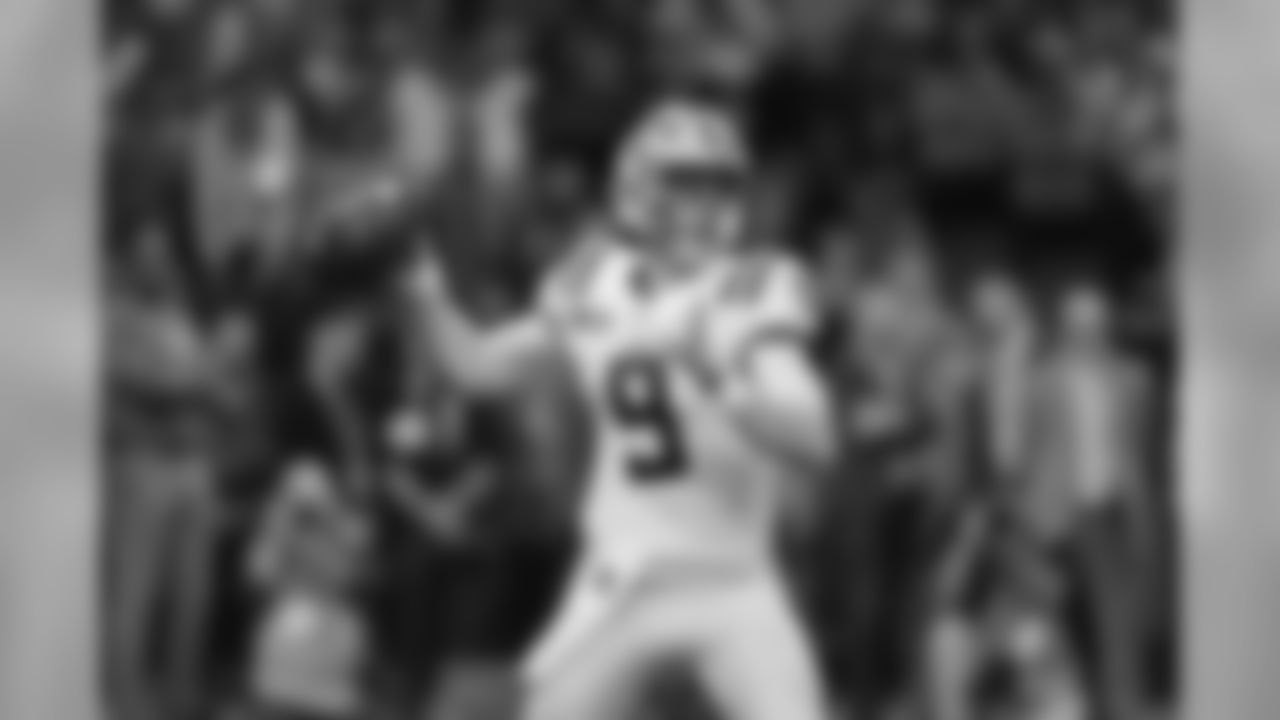
(5) QB Joe Burrow - Dolphins
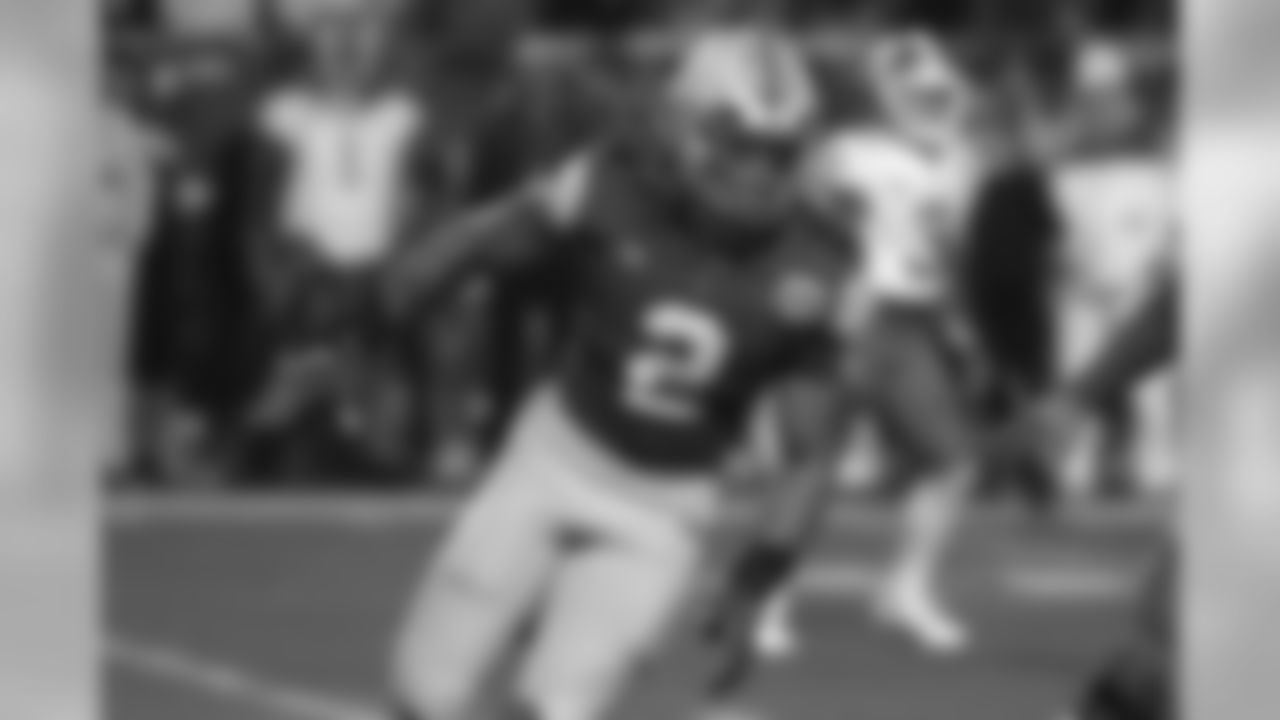
(3) E Chase Young - Giants

(2) QB Tua Tagovailoa - Chargers
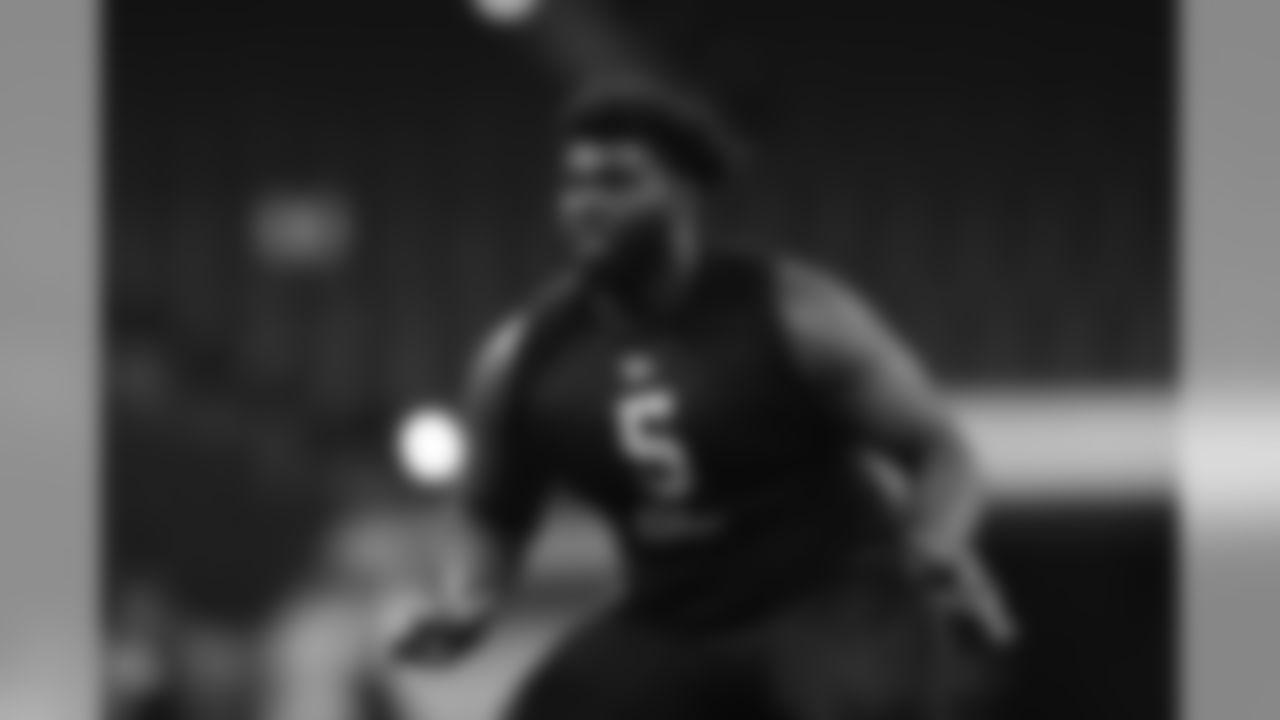
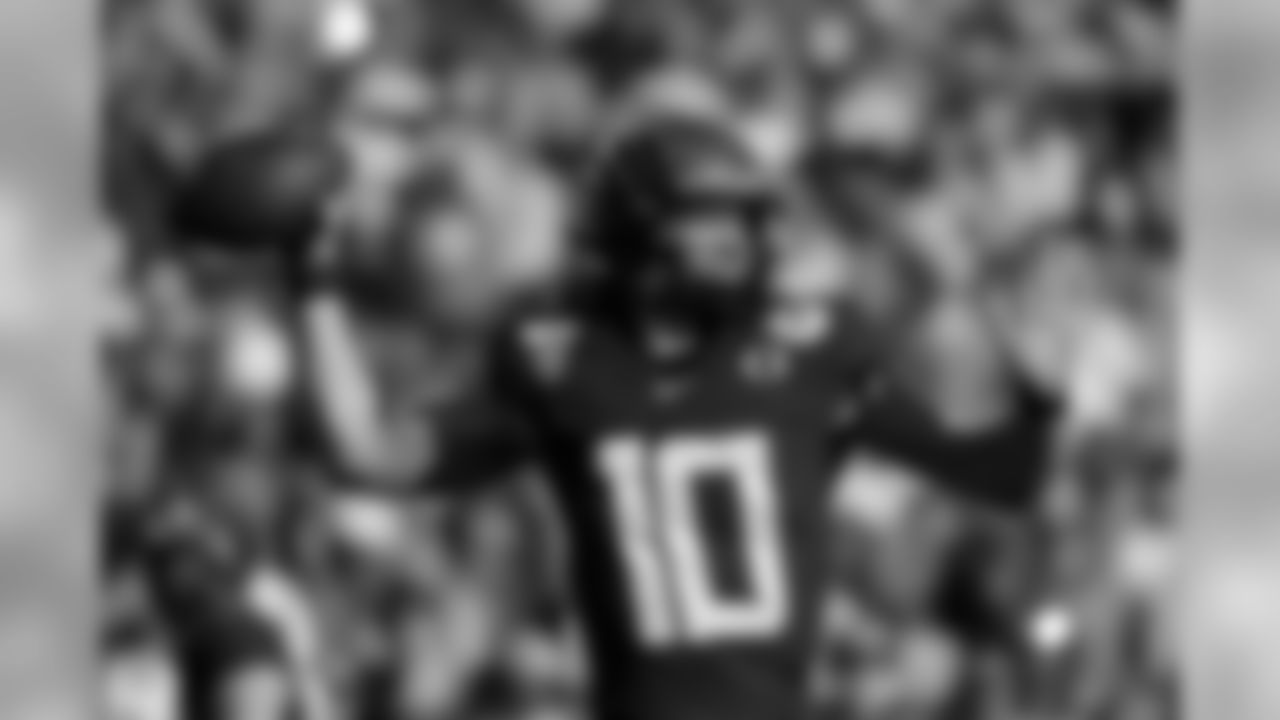
(1) QB Justin Herbert - Bengals
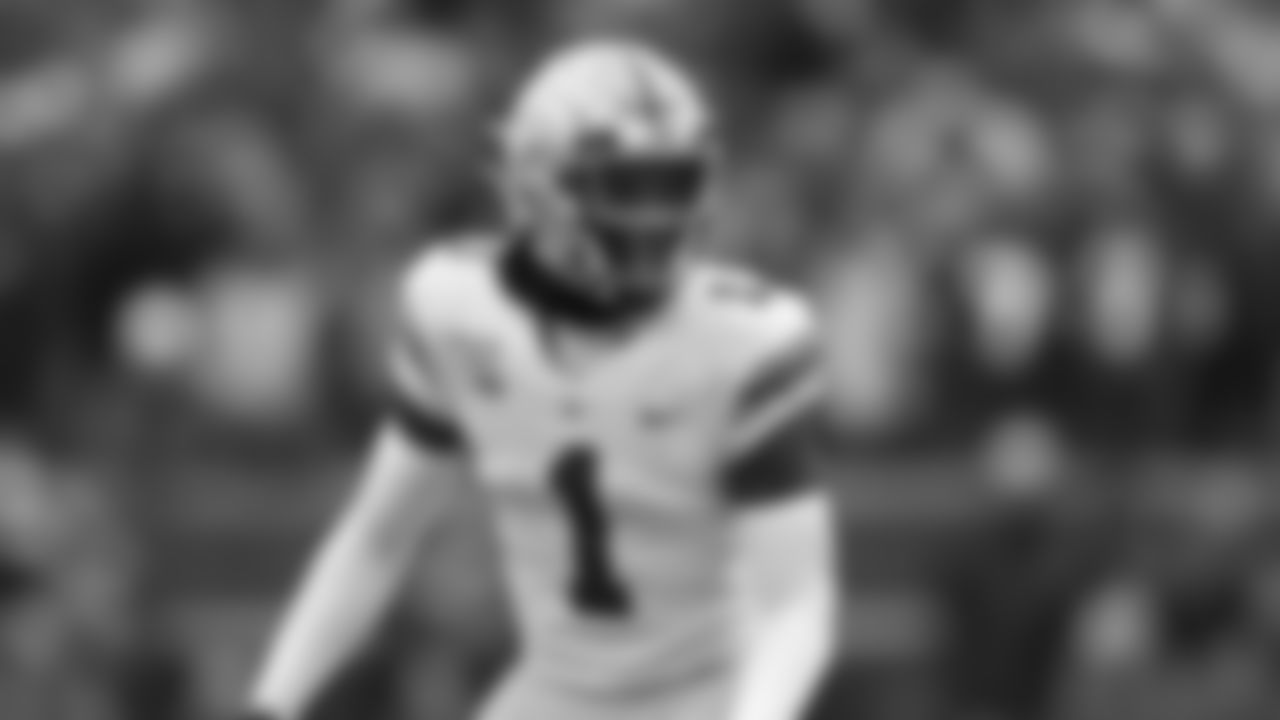
(7) CB Jeff Okudah - Jaguars
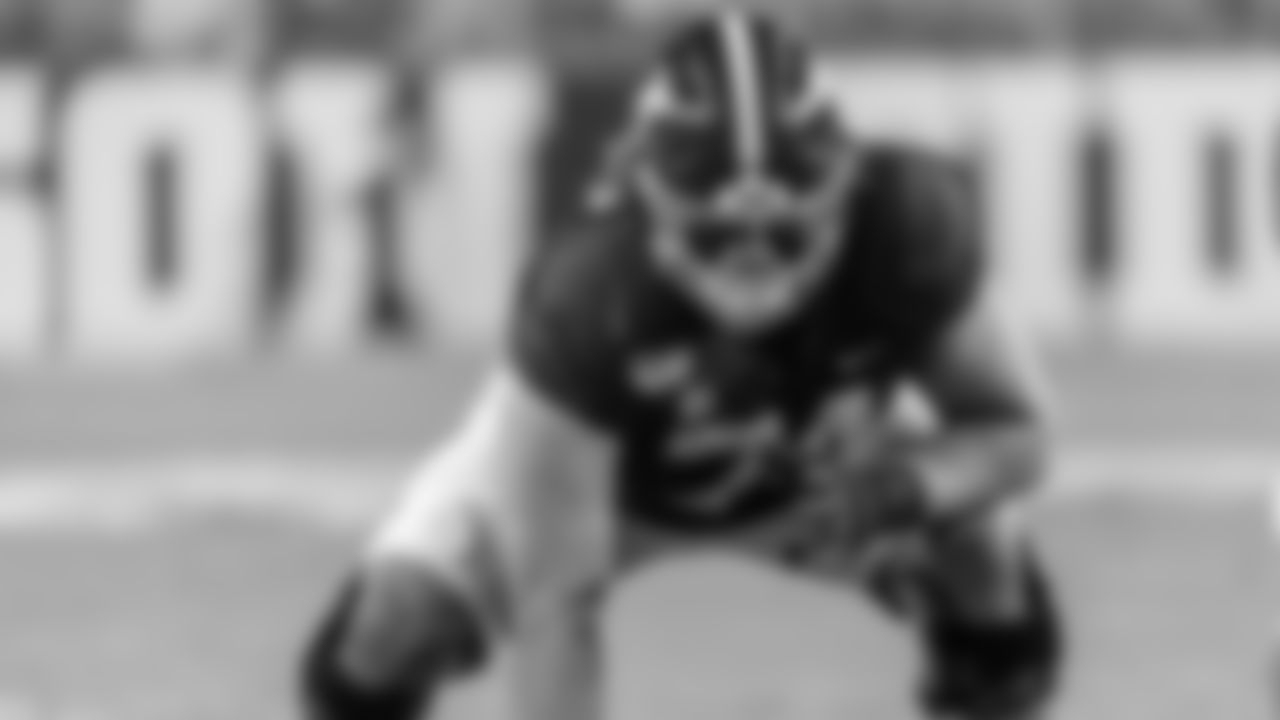
(8) OT Jedrick Wills - Cardinals
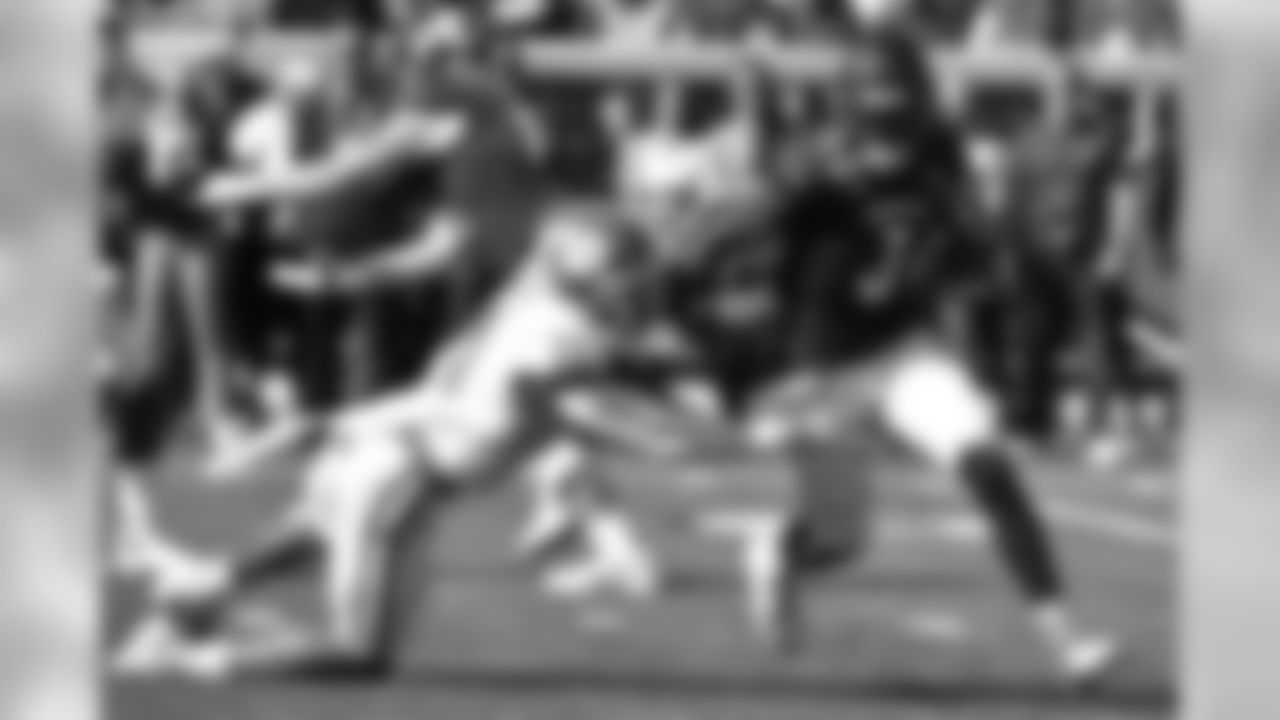
(6) S Isaiah Simmons - Redskins

(4) DT Derrick Brown - Lions
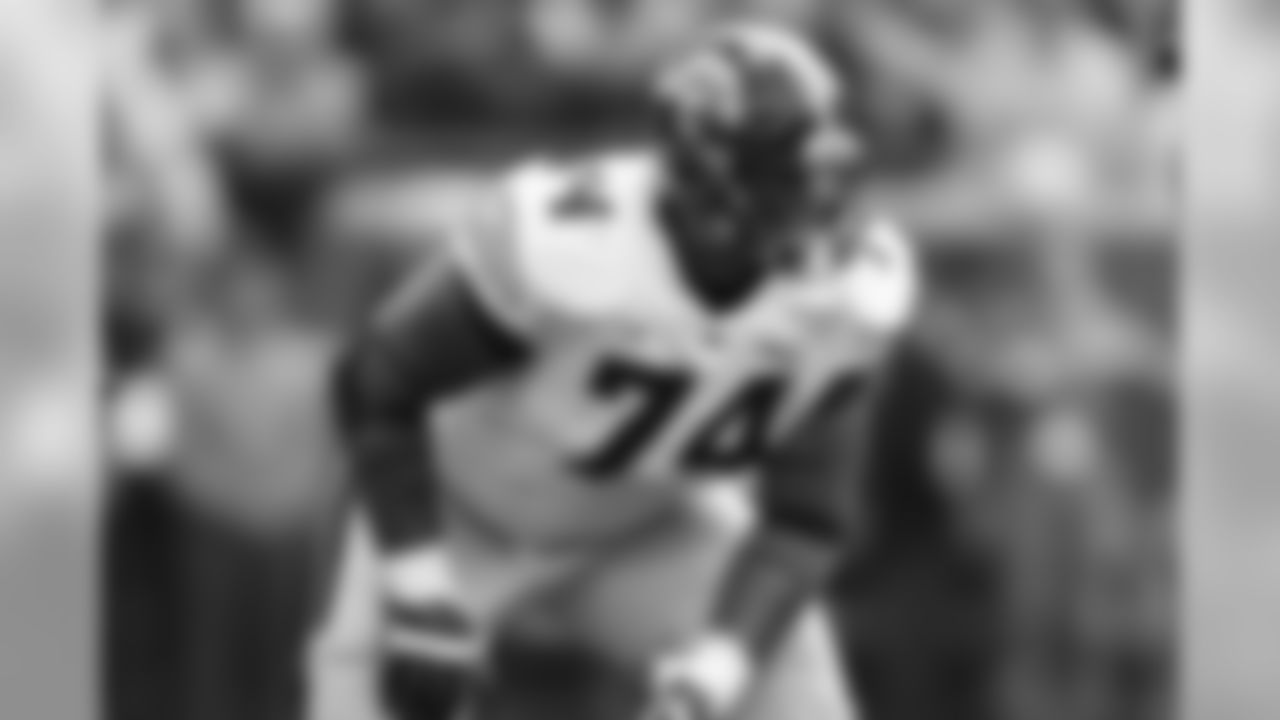
(10) OT Tristan Wirfs - Browns
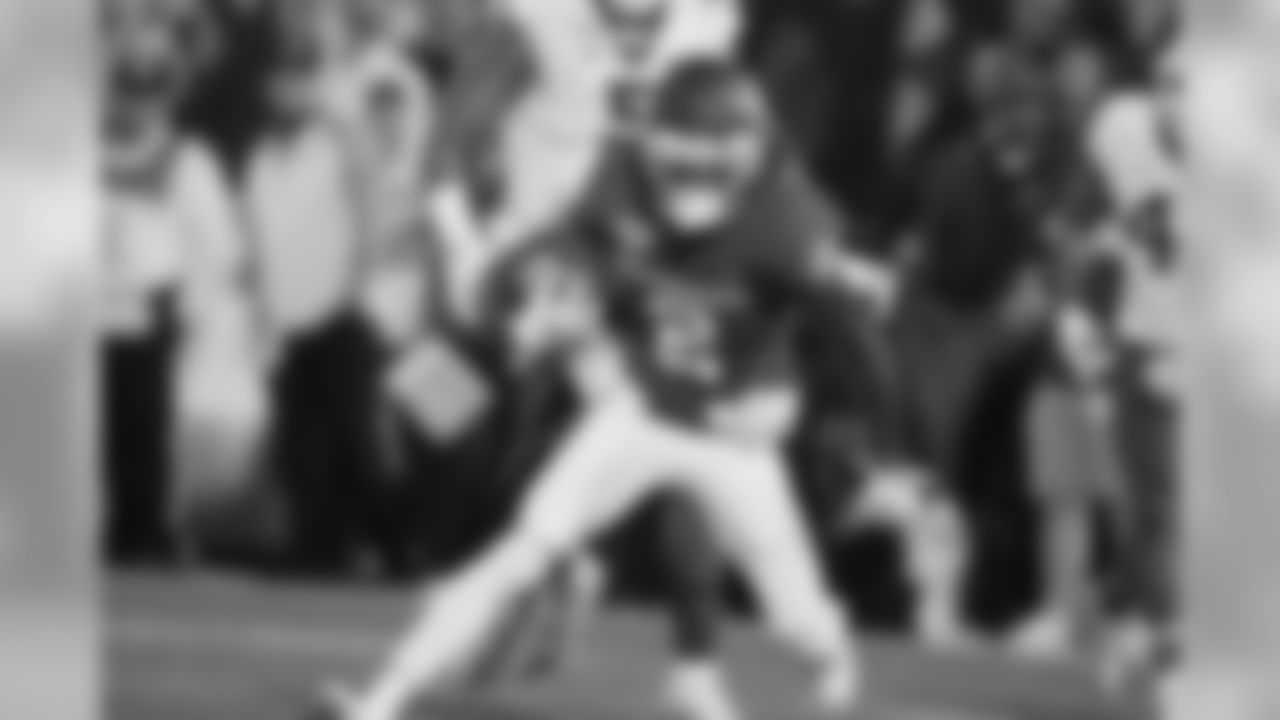
(15) WR CeeDee Lamb - Broncos
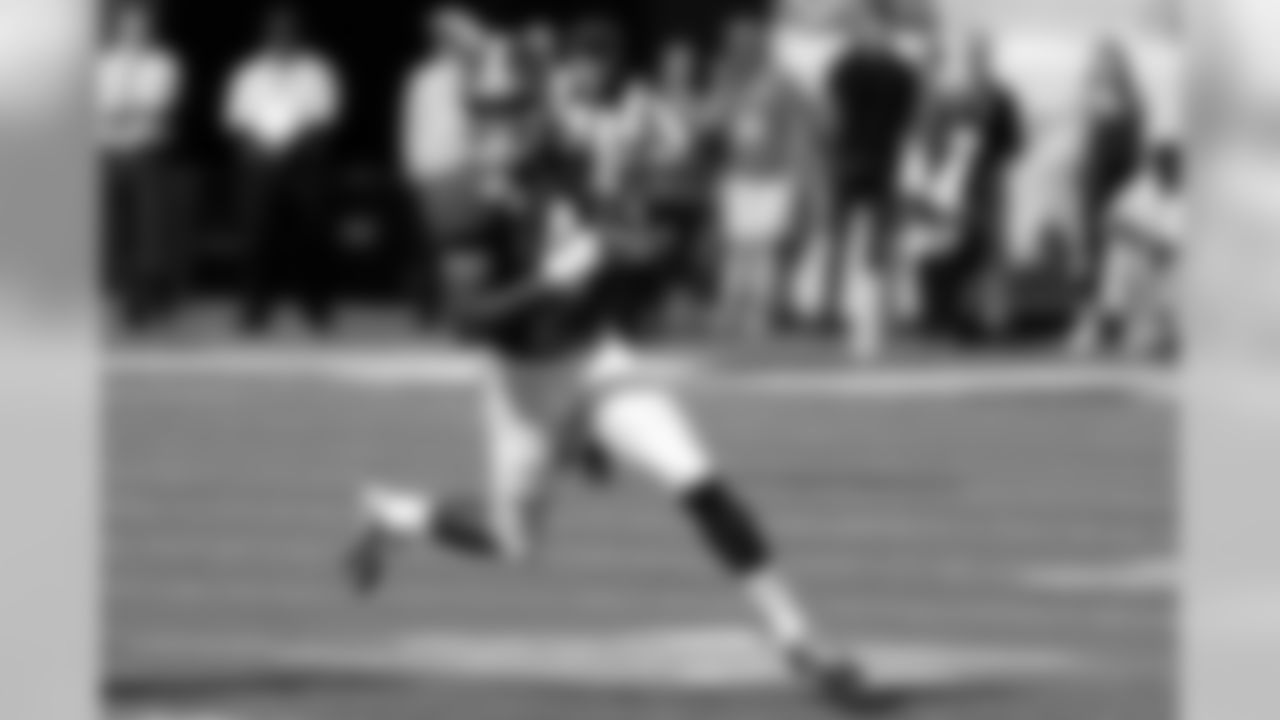
(12) WR Jerry Jeudy - Raiders

(9) DT Javon Kinlaw - Panthers
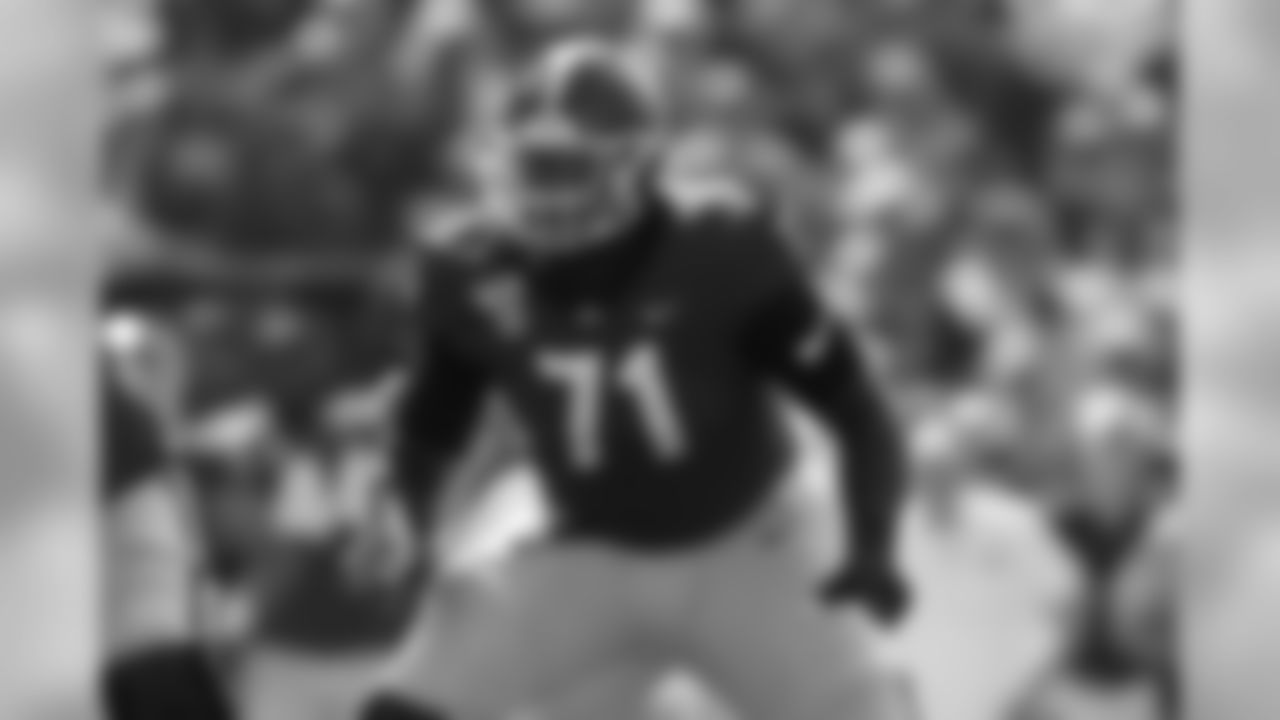
(14) OT Andrew Thomas - Buccaneers

(13) WR Henry Ruggs III - 49ers
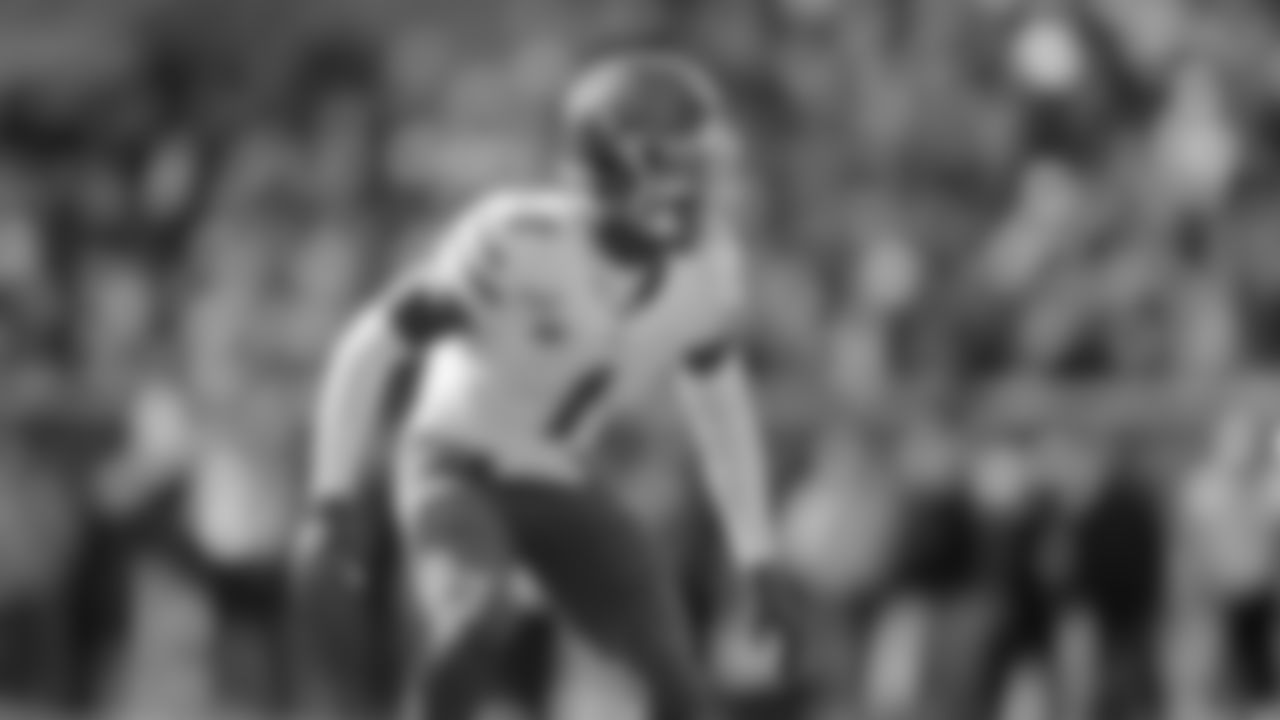
(16) CB C.J. Henderson - Falcons

(17) LB K'Lavon Chaisson - Cowboys
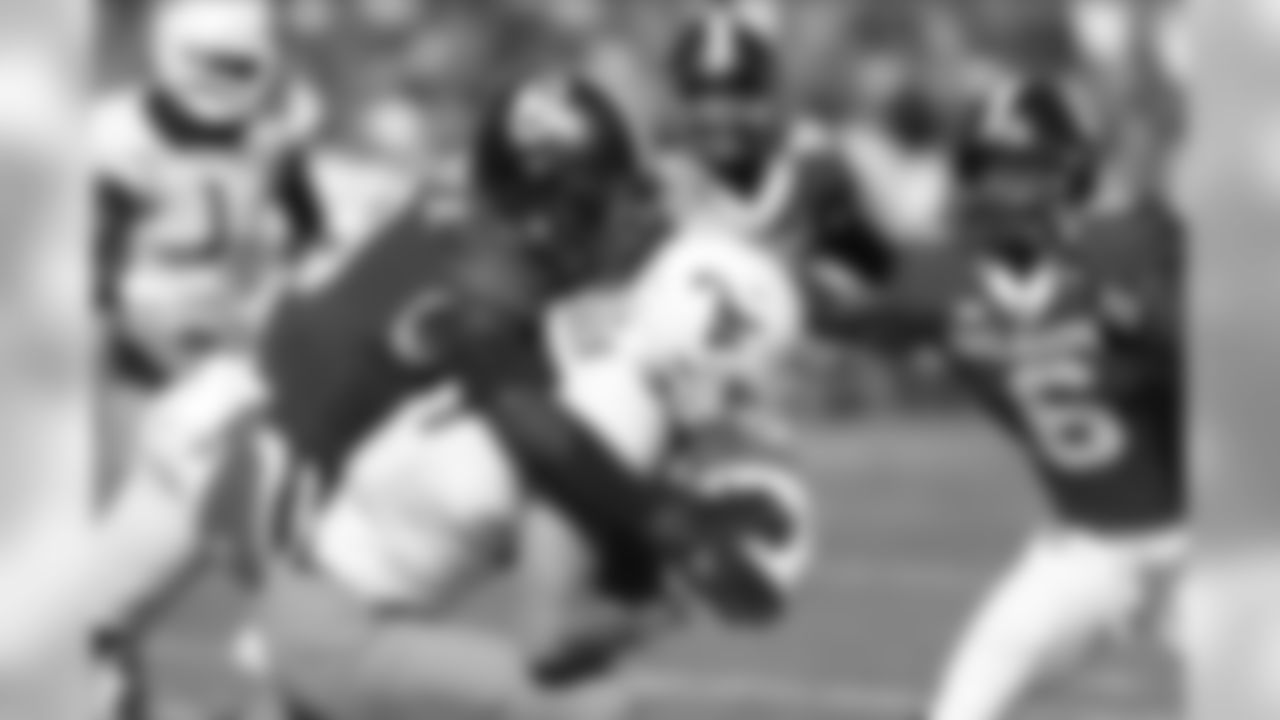
(21) LB Kenneth Murray - Eagles
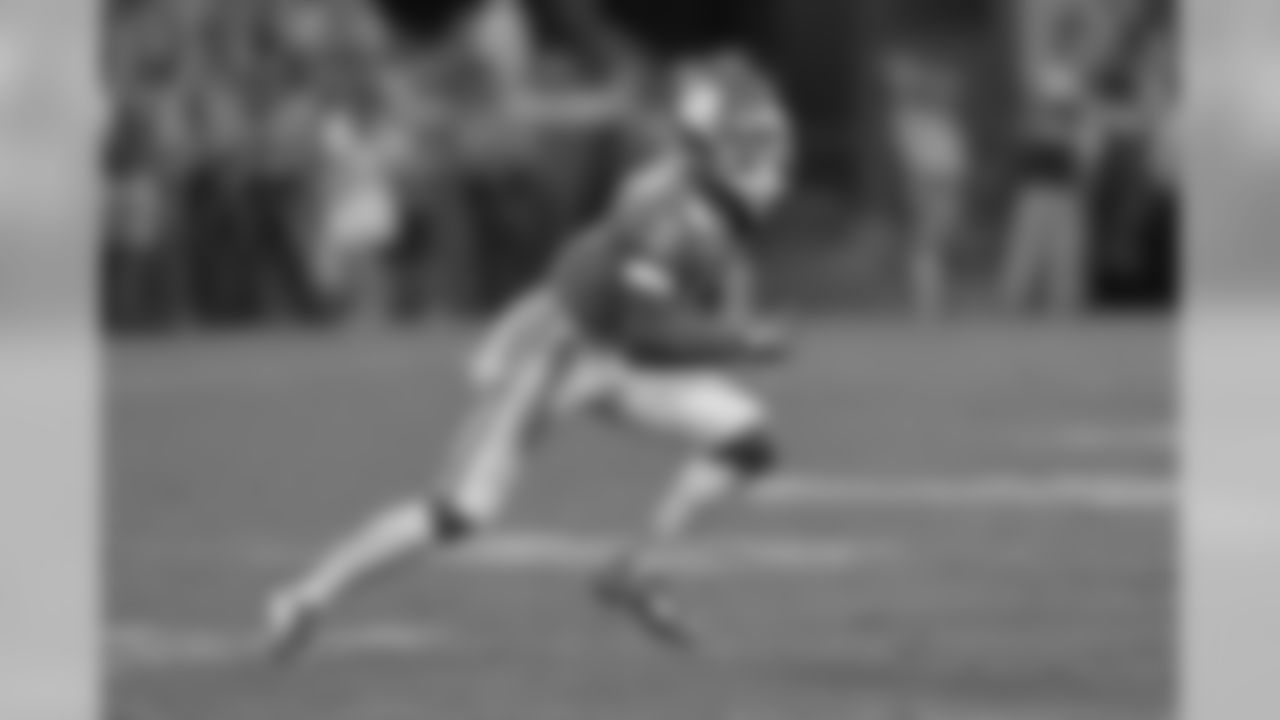
(19) CB A.J. Terrell - Raiders
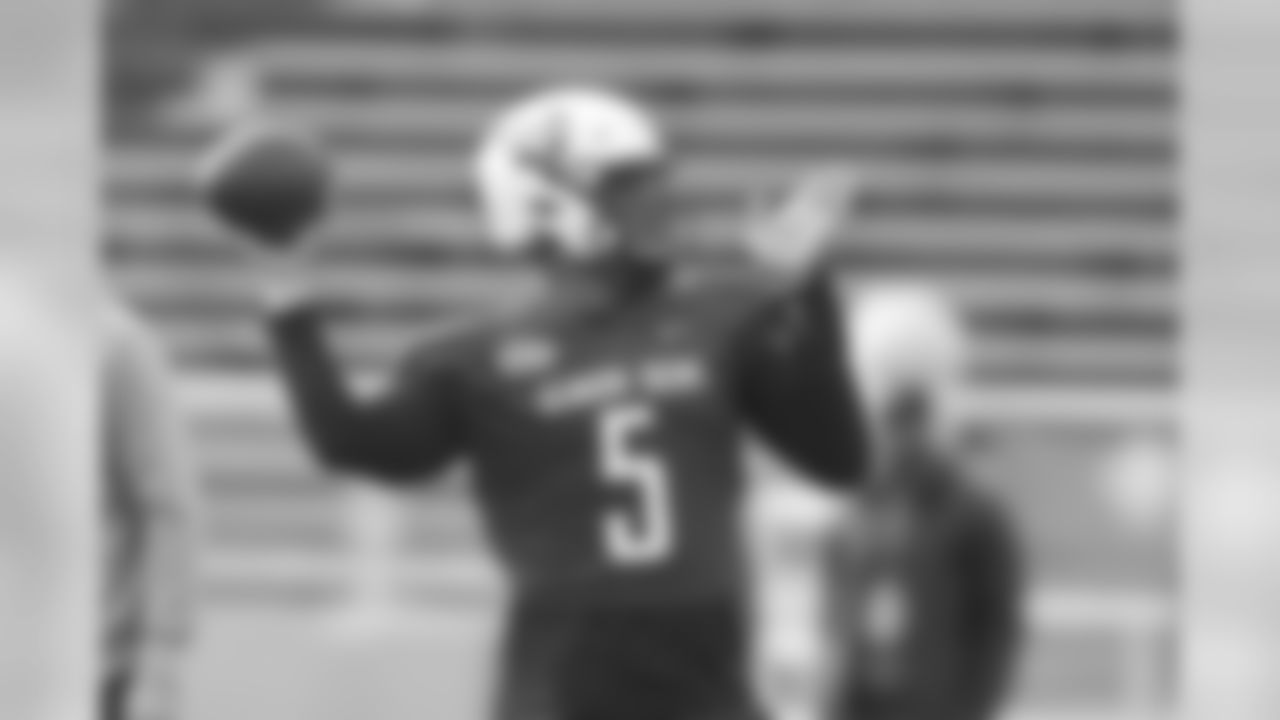
(20) QB Jordan Love - Panthers
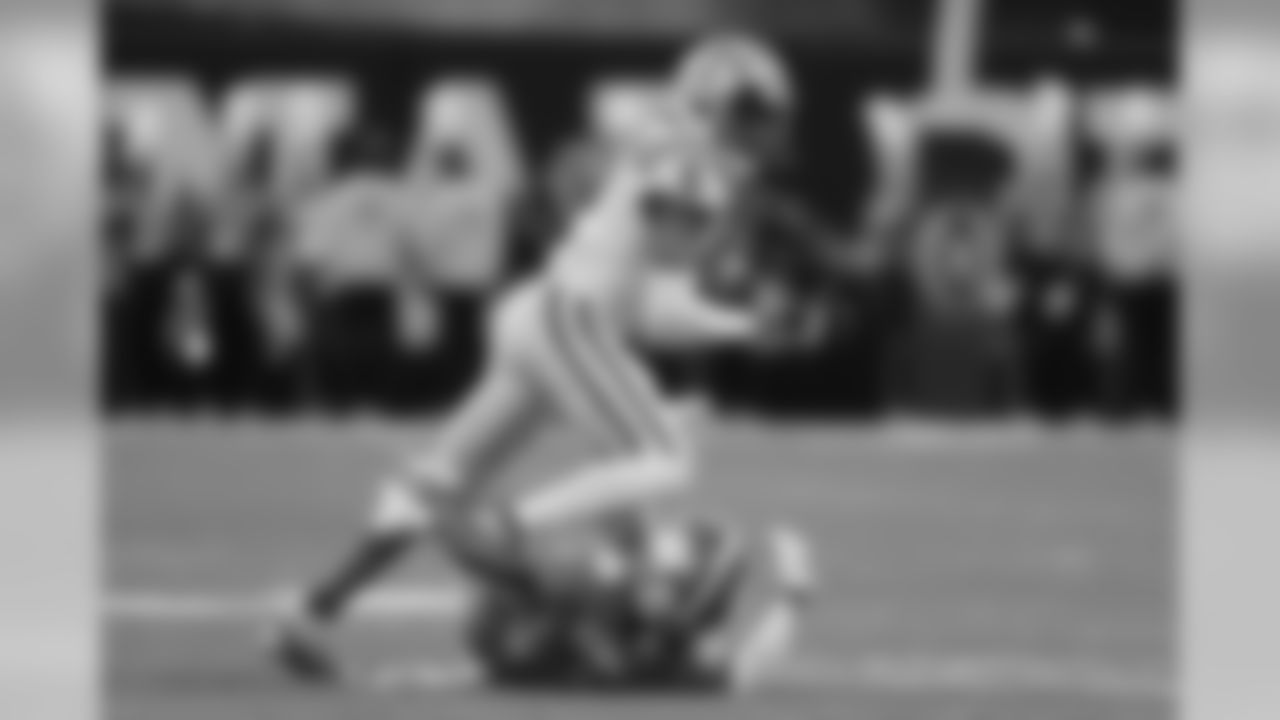
(30) WR Justin Jefferson - Packers
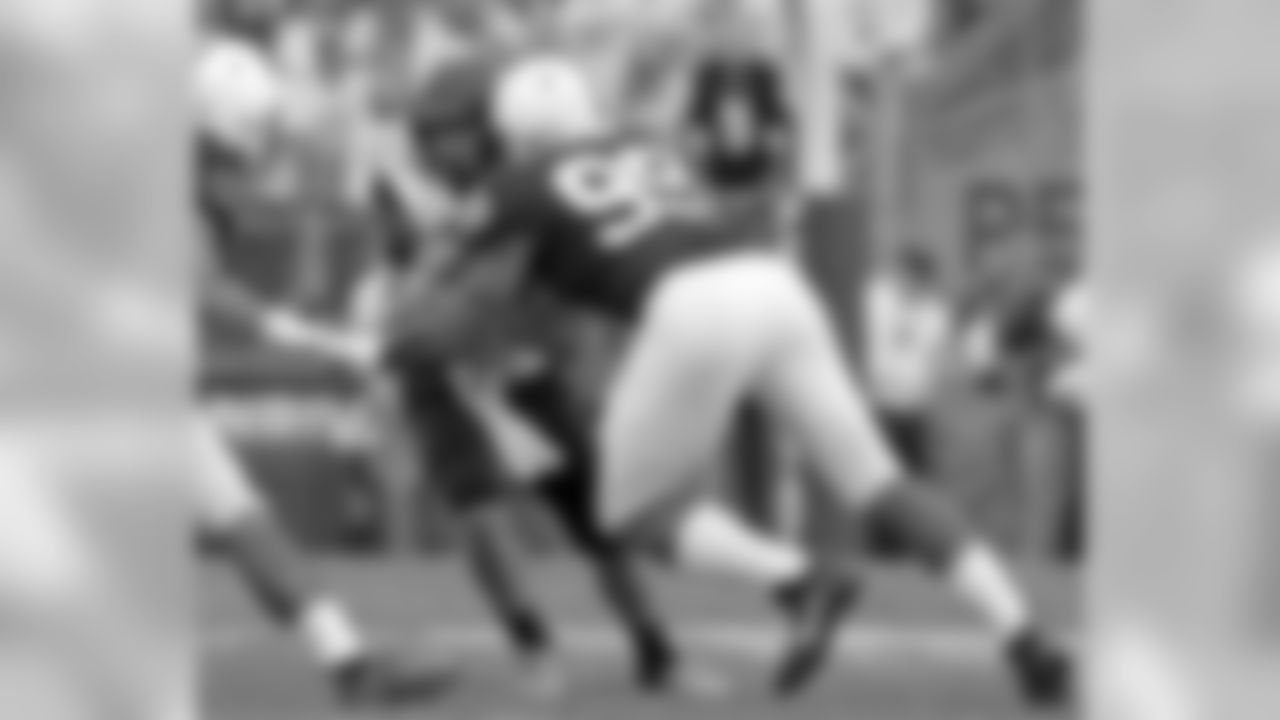
(25) E Yetur Gross-Matos - Vikings
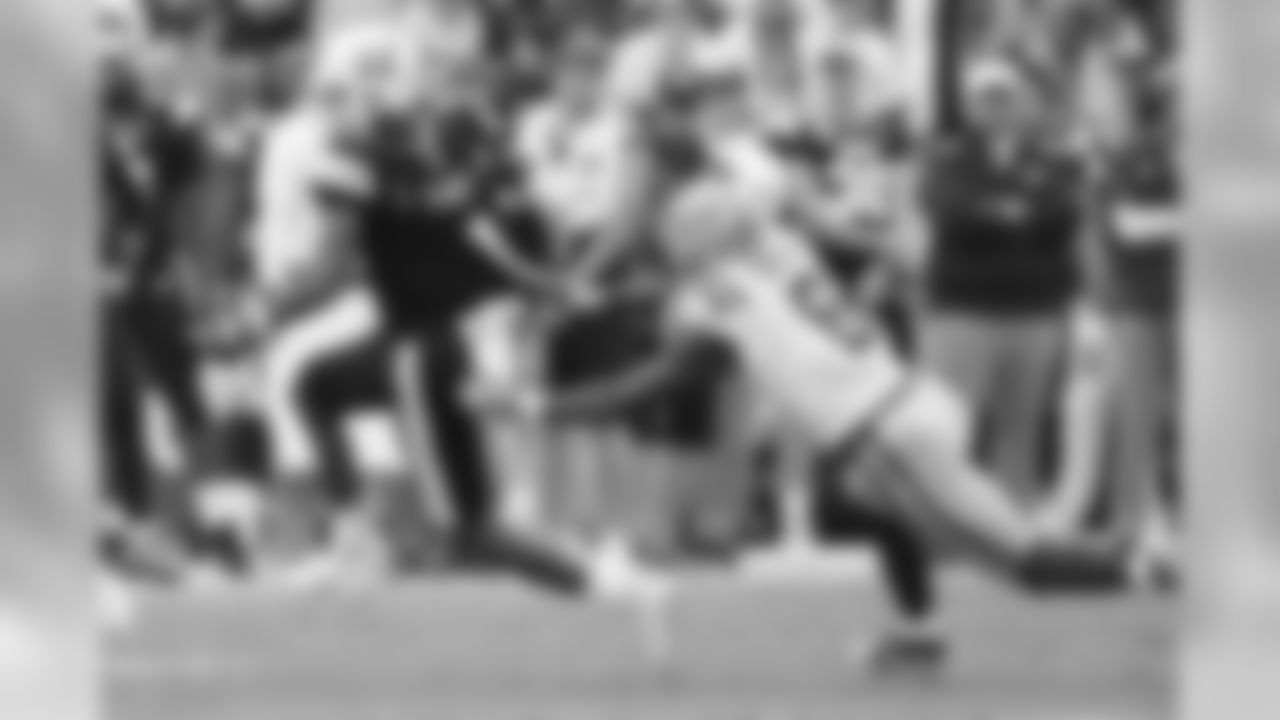
(19) LB Patrick Queen - Raiders

(24) WR Denzel Mims - Saints
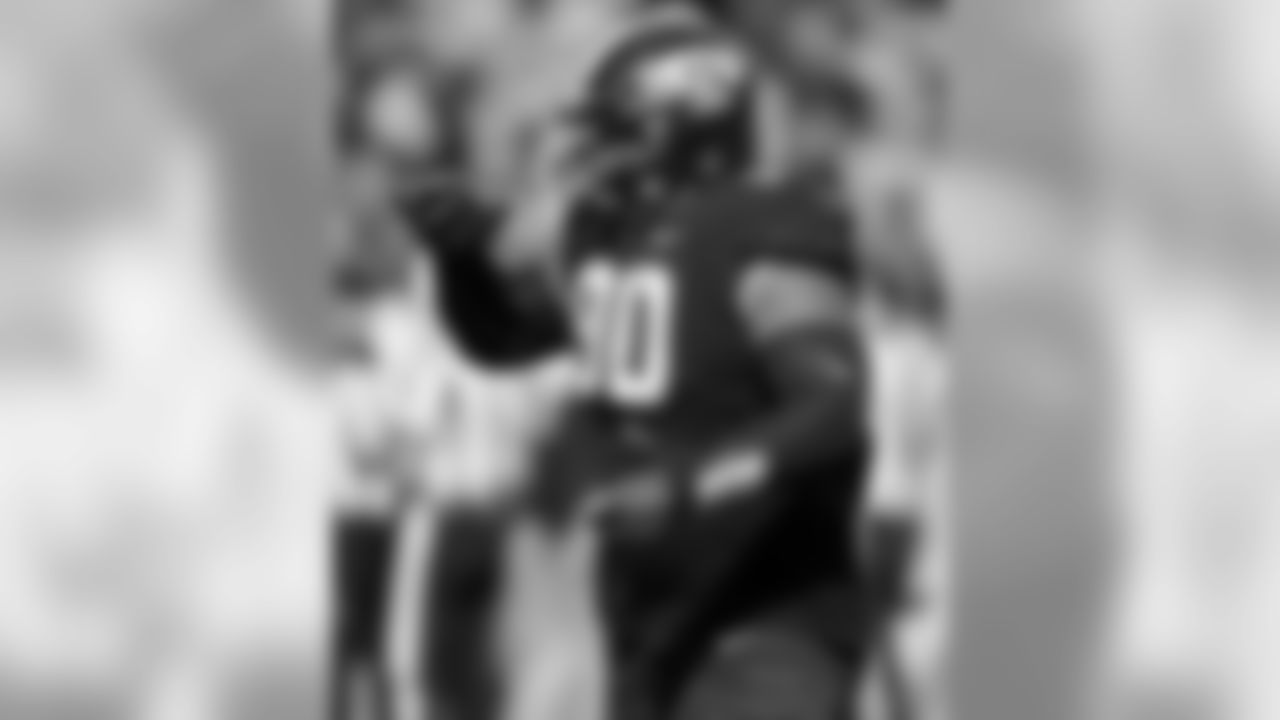
(31) DT Ross Blacklock - 49ers

(27) OL Joshua Jones - Seahawks

(18) OT Austin Jackson - Dolphins

(28) LB Zack Baun - Ravens

(29) CB Jeff Gladney - Titans

(30) WR Jalen Reagor - Packers

(24) CB Trevon Diggs - Saints
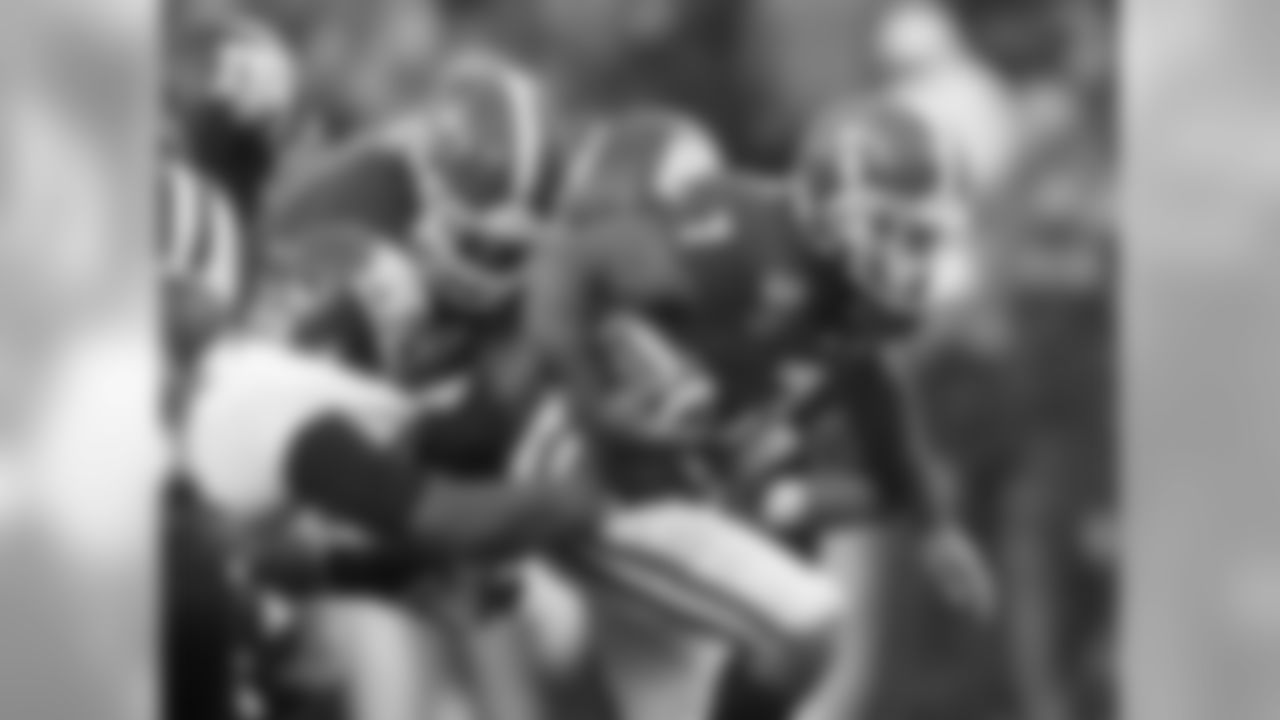
(26) RB D'Andre Swift - Dolphins
The Bucs could also look for options in the backfield in free agency and the draft, and almost by necessity have to add to the position. Other than Jones and Ogunbowale, T.J. Logan is the only other running back on the roster, and has primarily been employed as a kick returner.
During our pre-free agency rundown of each position on the depth chart, we looked at some running backs the Bucs might be able to find on the open market. Of course, that list has already been thinned somewhat since free agency began last week. In addition to Johnson finding a new home via trade, free agents Melvin Gordon (Denver), Jordan Howard (Miami) and J.D. McKissic all signed with new teams. Former Ram Todd Gurley wasn't a free agent at the time of that post above but he was later released by Los Angeles and needed essentially one day to find a new home in Atlanta. However, the Falcons need for a running back was created by the release of Devonta Freeman, who now will be looking for a landing spot of his own.
Freeman caught 59 passes last year in Atlanta, his third season with 50-plus receptions, and he has averaged 3.3 grabs per game in his career with a catch percentage of 78.6%. Other running backs still on the market who have shown an ability to contribute in the passing game at some point include LeSean McCoy, Chris Thompson, Theo Riddick and even Brady's aforementioned former teammate, Dion Lewis.
The Buccaneers could also turn to the draft to beef up their backfield, and one could argue (as this one did, scroll to the third question) that the team's premium picks over the first two days are most needed to address a couple depth issues on offense. LSU's Clyde Edwards-Helaire caught 55 passes for LSU last year, and potential first-back-off-the-board Jonathan Taylor from Wisconsin, did well in pass-catching drills at the Combine. D'Andre Swift, another potential first or second-round pick, was heavily involved in Georgia's passing attack, as was J.K. Dobbins at Ohio State. Florida State's Cam Akers helped his draft stock at the Combine and he caught 30 passes last fall. The tougher question for all of these prospects is whether they can handle pass protection, which is a must for a pass-catching tailback.
In his last season in New England, Brady completed 130 passes to running backs, accounting for 1,134 yards and six touchdowns. That's 46 more catches, 411 more yards and five more touchdowns than Tampa Bay's running back stable produced in the passing game last year. Brady will be in a new scheme with a new cast around him in 2020, so circumstances may not produce as many completions to backs as he had last year. Chances are, however, he will help that position become more involved in the passing attack than it has been in a long while.






